The who, what, why of planning your dream kitchen: what to expect from the experts and how to get the best from them.
The kitchen is one of the most important rooms in your home, so it pays to get some help from the experts when planning a new one. You can either hire a freelance designer or take advantage of the in-house offerings that most showrooms provide. There are pros and cons to each.
“A freelance designer may enable you to use an economically priced product while still benefiting from great design, but then they will charge a percentage or flat fee for their service,” explains Nick McColgan from Snug Kitchens. “Designers in a showroom, however, will normally be paid by the showroom so there will be nothing to pay other than the cost of the kitchen.”
You may prefer to use a freelance designer so you’re not locked into a specific manufacturer or brand of kitchen, or because you’re looking for something no one else can buy. However, as Pete Sherry from LochAnna Kitchens points out, “If you’re looking for something bespoke, you should also consider the vast array of sizes and accessories now available from the mainstream market. These, combined with the knowledge, experience and skills of a local retailer and installer mean that it’s relatively simple to produce a bespoke look without the price penalties. Often the smallest design details make the biggest impact on a room.”
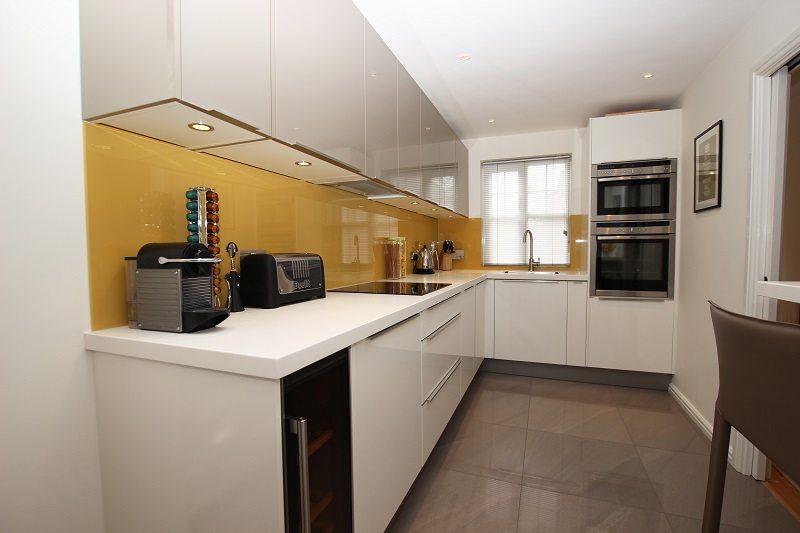
This kitchen project was by the LWK Kitchen Company and features beautiful high-gloss Champagne wall units and a practical L-shaped layout. Kitchens start from around £12,000 (including appliances, worktop and installation).
The first step
Before you sit down with a designer, it’s a good idea to do some basic planning on your own. Think about the space you’ll have to work with and how big you can make it (if you’re planning an extension), what the main components you need are and what your realistic budget is. “When planning your budget, make sure you proportion this equally across the project rather than spending the vast majority on just one component,” says Daniele Bruto from Hub Kitchens. “And always allow for a contingency budget.”
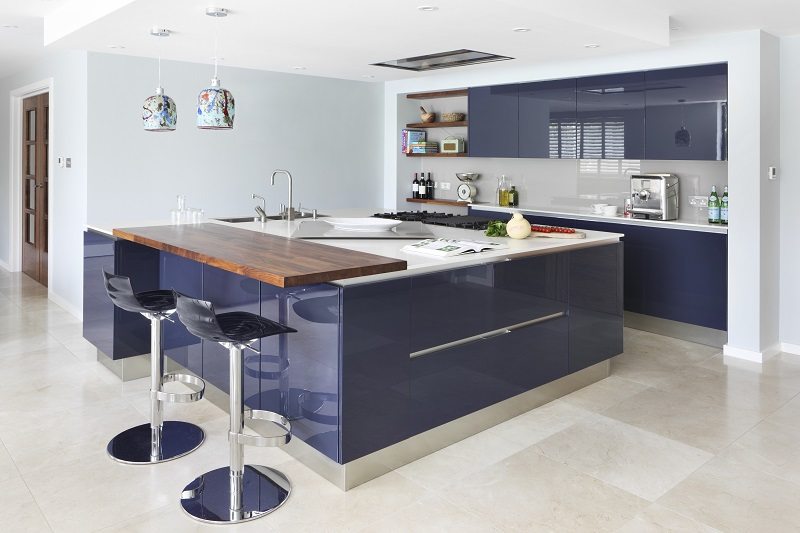
This Hub kitchen shows how a large island unit can dramatically enhance functionality, with cooking on one side, prep adjacent to it and a breakfast bar for relaxation and socialising on another side. Hub kitchens start from £40,000.
Using a kitchen designer: the pros
When you’re thinking about your budget, you may feel that you could cut costs by not using a designer. However, there are plenty of reasons why using a designer is a good idea.
To start, he or she will be able to take all your wants and needs into consideration and convert them into a design that functions well and looks beautiful. They’ll be able to use their wealth of experience to make sure that every bit of space is used in a practical way and that items are where you want them, when you want them. They’ll also be able to advise you on appliances and lighting, factoring in your needs such as whether you have small children or pets.
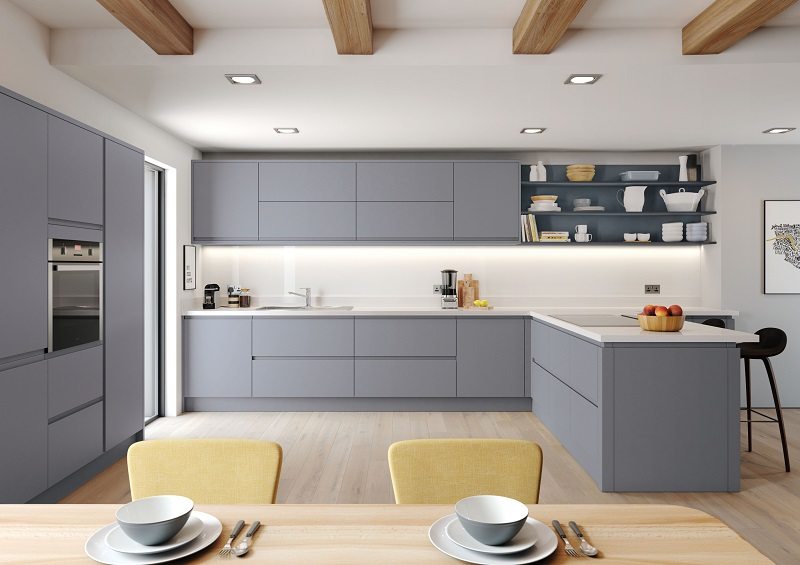
LochAnna’s Profile kitchen is shown here in Dust Grey matt porcelain. The Profile Collection features precision painting and lacquering techniques, and is available in three gloss and two matt finishes. Prices for this range start from around £10,600.
The cons
There aren’t many disadvantages to using a kitchen designer as most of the time, you’ll end up with a practical space that suits all your storage, lifestyle and entertaining needs. However, design projects can go wrong if you’re not clear about your needs or don’t speak up if you’re not happy. You may also find yourself limited to particular styles or ranges that your designer prefers.
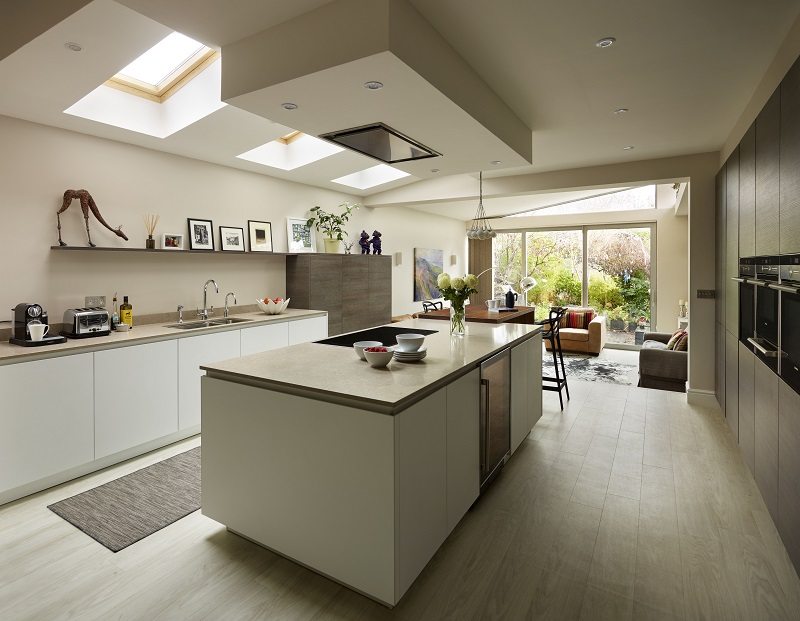
This kitchen in Winchester isn’t a huge space but it still serves as a living room, dining room and kitchen thanks to features such as the shelf over the sink and the breakfast bar. The design shown here is a Pronorm Y-line kitchen from Snug Kitchens, priced from £20,000.
What to expect
The service you receive from designers will differ from company to company, but it usually comprises a consultation, quote and design. At the consultation stage, you’ll discuss the space you have to work with and what you want from it. Some companies will ask you to bring in a floorplan while others are happy come out to your home at this early stage. From your brief, they’ll draw up a layout (or several) and give you a quote for each.
At this point, there are a couple of things to bear in mind. “If you find your designer is pushy, then it’s best to walk away,” says Graeme Smith from Biography Kitchens. “It’s important your designer has a full understanding of your requirements, and if at any time you feel these may be compromised by the designer’s personal taste or opinion, you may wish to reconsider.”
On the flip side, it’s also important to be open to new ideas and suggestions, he says. “By approaching a designer, you’re asking an expert to interpret your requirements and work with you to create the kitchen that marries the best of your ideas with their solutions.”
The key is to be clear about your needs but open to ideas about how they can be met.
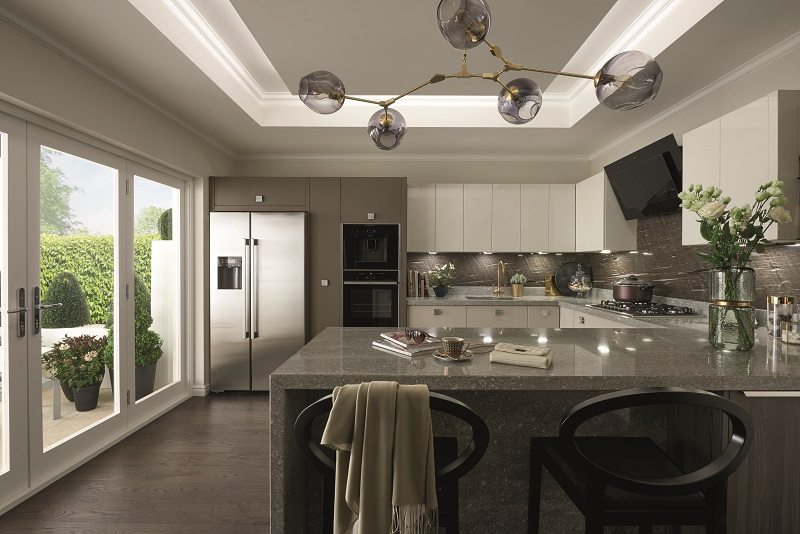
The Style 4 kitchen from Biography appears here using a mix of Truffle and Cashmere cabinetry with an Oyster Pearl granite worktop and Rippled Mink splashback. Biography kitchens start from £10,000.
How to find a good designer
The simplest way source a good designer is to ask around: get recommendations from family and friends, as they’ll tell you honestly about the process and you can see the results for yourself.
If you don’t know anyone who’s installed a new kitchen recently there are plenty of other ways to find someone good. “Research is key,” says Cyril Raberin from Mobalpa. “Immerse yourself in interiors magazines, blogs and social media platforms such as Pinterest and Instagram. Houzz is another great tool to find both design inspiration and contacts – read through real-life customer reviews for projects similar to your own vision.”
Once you do find a designer you think you’d like to work with, ask to see some of their work. Most reputable designers will have a portfolio they can show you or will be happy to show you a project they’ve worked on.
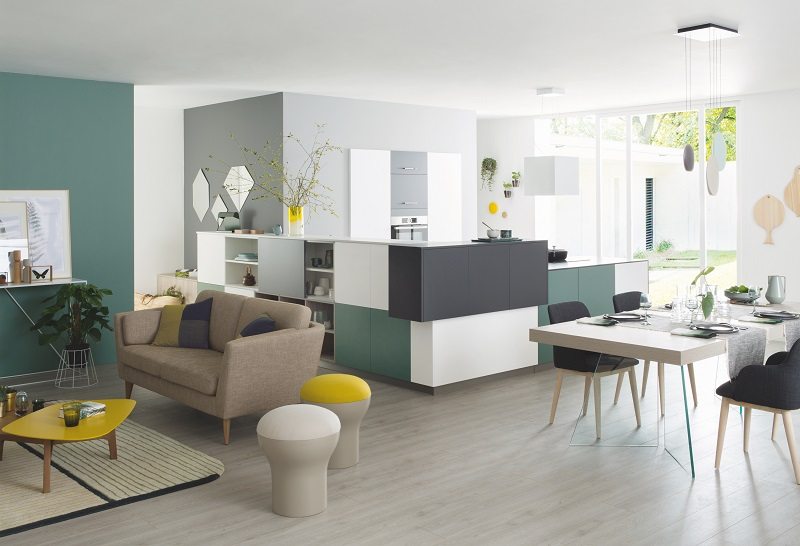
If you’re after something eye-catching, the Mobalpa Melia kitchen in Graphite gloss, white matt and Tallys Soft Lacquer Green is ideal. This kitchen has a starting price of £8,000 (excluding appliances and worktops).
What to ask your designer
Once you’re ready to meet your designer (or selection of designers), you’ll need to talk through how the project could work to decide if you’ll be a good team. Alex Main from The Main Company suggests asking the following questions when you meet: “What is the process from start to finish? What guarantees come with the final product? Is there any aftercare and how much is the average price for one of your kitchens?”
You may also want to ask how long they have been at the company or working within the industry: this will give you an idea of their experience. Plus, if bespoke is important to you, you could ask how much of the kitchen can actually be custom-made to suit your space. Is it the entire kitchen or just the handles and a few accessories?
This should give you a good idea of what to expect throughout the project – but don’t forget to ask what happens afterwards. No matter how top-notch a designer or kitchen manufacturer’s products are, there’s always the chance that something will break go wrong, so you want to know someone will come and fix it straight away, even when the final bill has been paid.
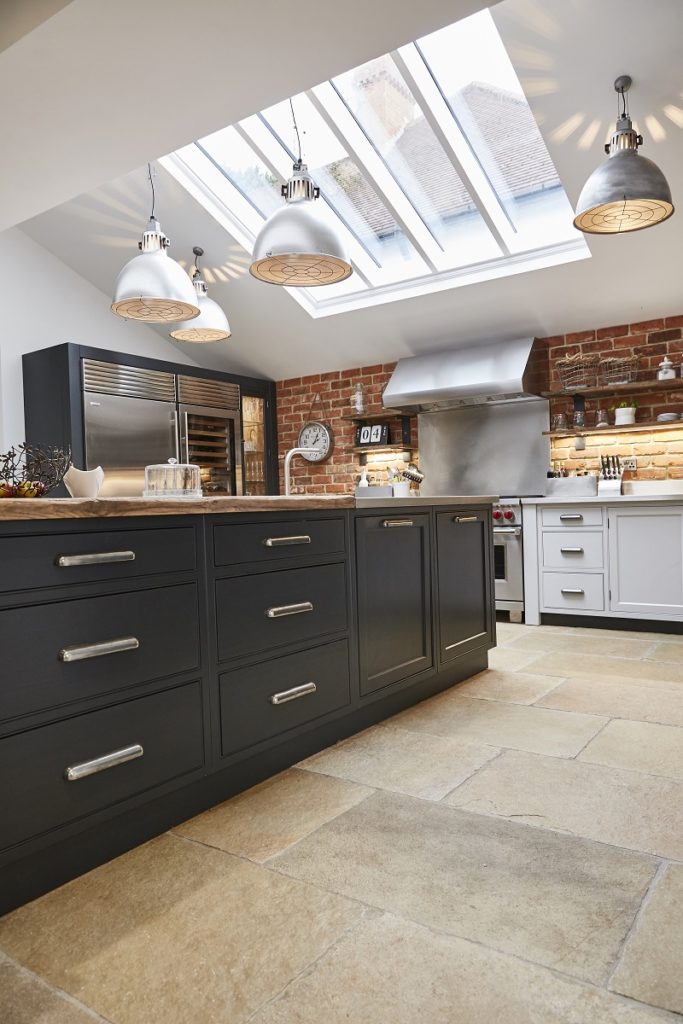
The Main Company, which offers entirely bespoke solutions, teamed painted cabinetry with a mix of reclaimed wood and stainless steel for this particular project. Its kitchens start from £20,000.
The budget
A designer can definitely help you plan your kitchen, but if budget is tight you can go it alone with help from an in-house service. More affordable companies such as Homebase and Magnet now offer design services whereby they will draw up plans based on your measurements and give you a quote there and then.
Just be careful that your measurements are 100% accurate: even just a few millimetres off could end up being a costly mistake. Make sure you triple check your measurements or ask a partner or family member to check them too. Alternatively, Ikea offers a service where, for a small fee, they will visit your home and take the measurements for you. If you’re feeling risk averse, think about calling in the professionals!
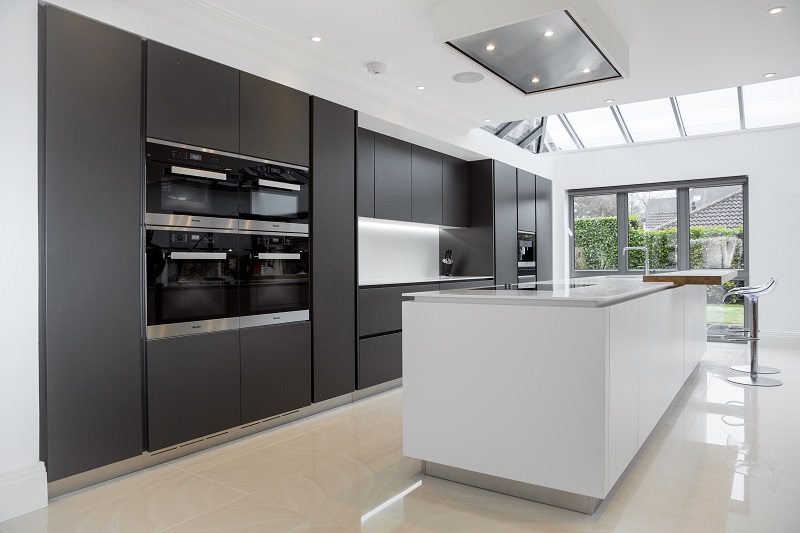
“It’s very important to be open and honest about your budget and ask what you can expect for your money,” says Roger Lyn from Cococucine. “If you want to spend £25,000, there’s no point having a designer put together a proposal for a £50,000 kitchen.” Cococucine kitchens start from £30,000.
Virtual kitchen planning
Numerous retailers, from Magnet through to the likes of Alno and Nolte, now offer virtual kitchen planning. This allows you to preview your potential kitchen in a 3D format and see a true-to-life image of the end result – particularly helpful if you find it hard to visualise what your layout or combination of materials might look like once all pulled together.
However, Samantha Dorman-Hawkins from Harvey Jones warns that virtual plans may not always give a true reflection of reality: differences in computer monitor calibration can mean virtual plans aren’t 100 per cent accurate. You’ll get a good idea of the end result but Samantha advises that it’s always best to test your chosen colour on a piece of timber in the room to gain the most accurate gauge.
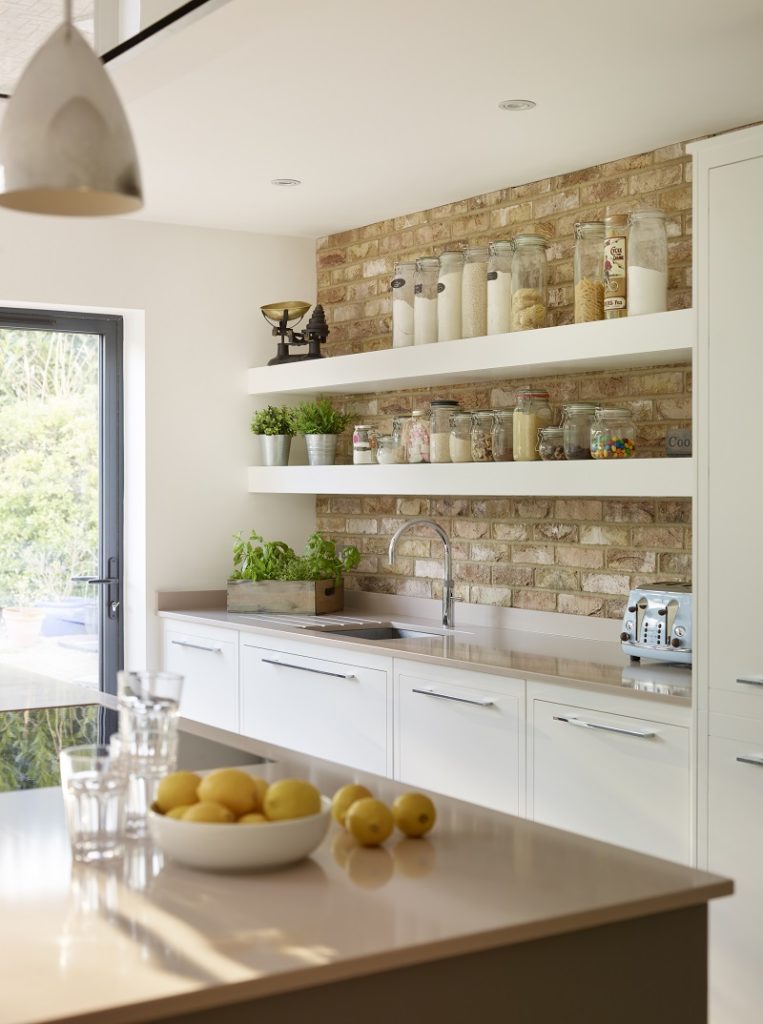
The Linear kitchen from Harvey Jones features sleek lines and concealed hinges for a slick, contemporary look. It can be painted in any colour; prices start from £18,000.